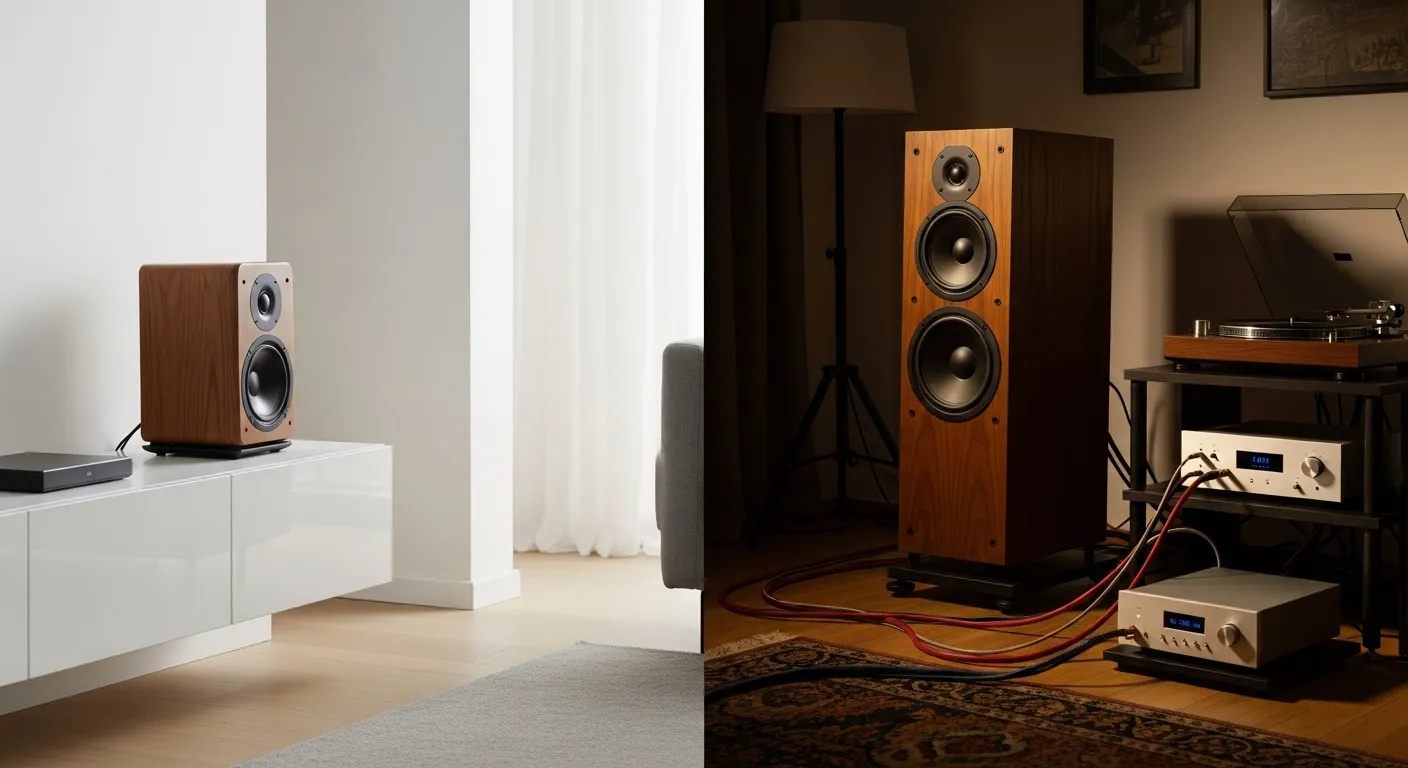
Whether you’re building your first audio system or planning a major upgrade, one fundamental question inevitably arises: Should I choose active or passive speakers? This guide will delve deep into the core differences between these two technologies, from their internal signal paths and performance potential to their cost structures and real-world applications. Our goal is to provide a clear, comprehensive guide that empowers everyone, from audio newcomers to seasoned audiophiles, to make a choice they won’t regret.
What Are Active and Passive Speakers?
The easiest way to understand the difference between active and passive speakers is to look at where the amplifier, the heart of any audio system, is located. The amplifier’s core mission is to take a weak audio signal from a source like a turntable or TV and boost it into a powerful current capable of moving the speaker drivers to produce sound. The placement of this crucial component defines the entire system’s architecture.
Passive Speakers
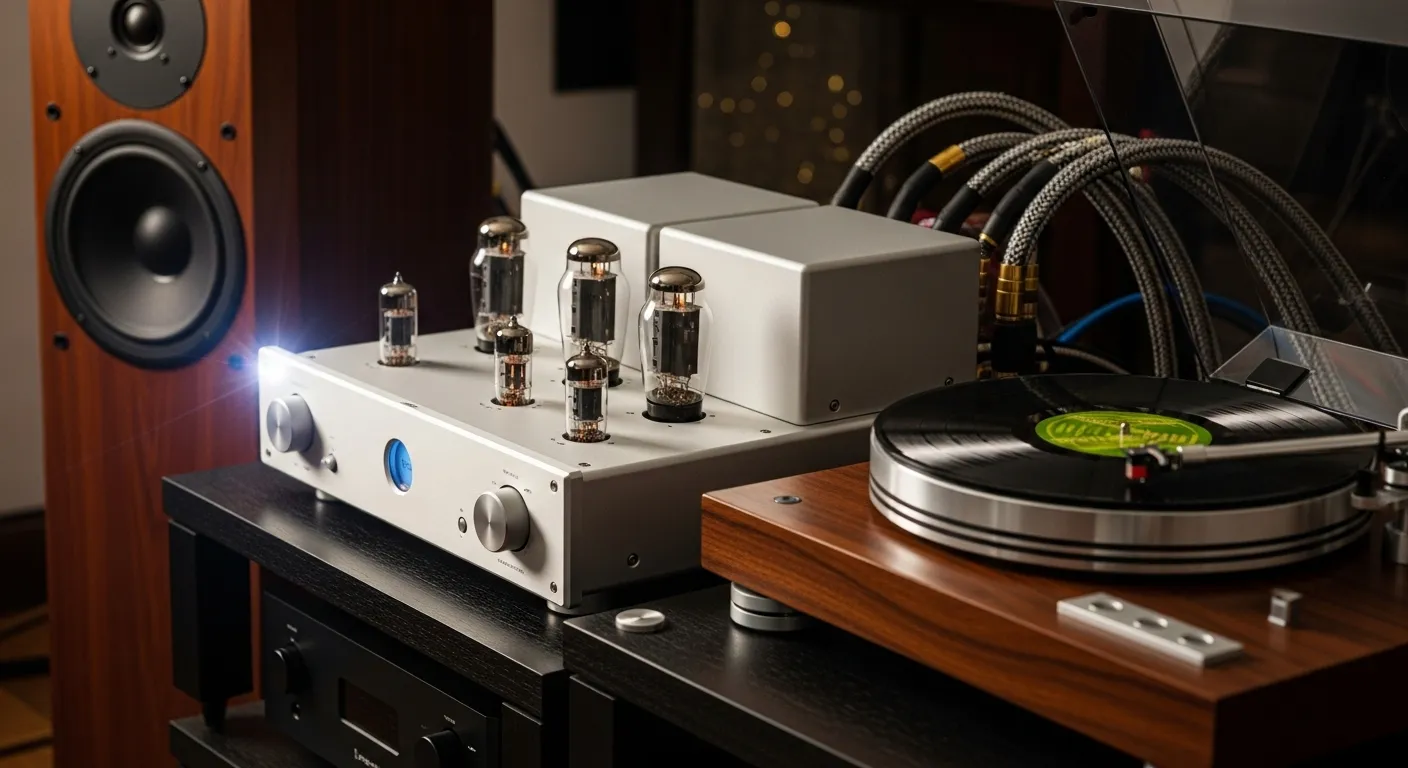
Passive speakers are the traditional standard in high-fidelity audio. Their internal structure is relatively simple, containing only the drivers responsible for producing high, mid, and low frequencies, along with a circuit board called a passive crossover. A passive speaker has no built-in power. Like a high-performance car without an engine, it requires a separate, external integrated amplifier or AV receiver to supply its power.
The signal path in a typical passive system flows like this: the source (e.g., a CD player or TV) sends the signal to an external amplifier for power amplification. This powerful current then travels through speaker cables to the speaker’s internal passive crossover, which finally divides the frequency bands and directs them to the appropriate drivers.
This modular architecture, where each component has a distinct role, gives users immense freedom to mix and match. This flexibility is the very foundation of audiophile culture.
Active Speakers
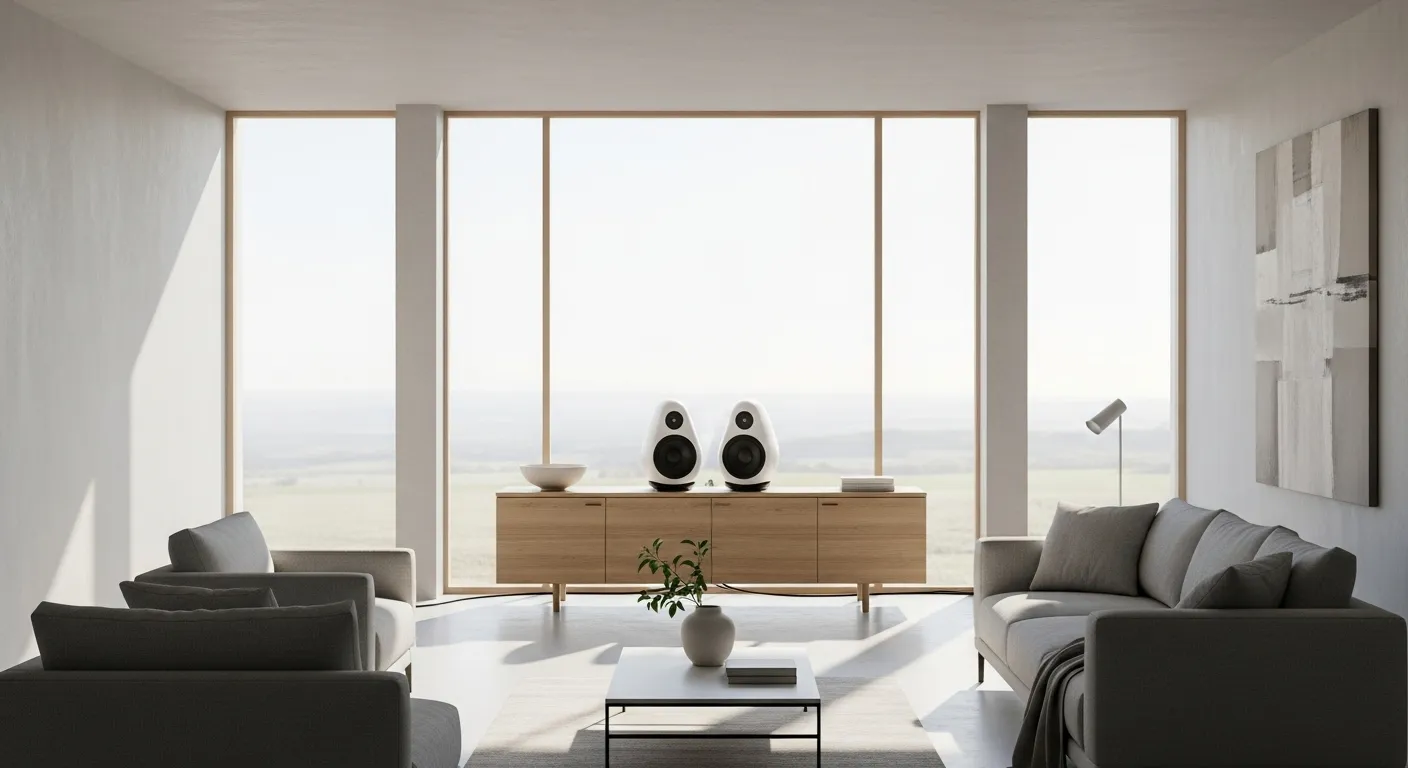
Active speakers, often called powered speakers, are a modern, highly integrated design. They cleverly incorporate the amplifier, power supply, and often a preamplifier and Digital-to-Analog Converter (DAC) directly into the speaker cabinet. Users simply need to connect a power cord and an audio source to start playing music.
This all-in-one design dramatically simplifies the system architecture and eliminates cable clutter, making active speakers increasingly popular among consumers who value minimalist aesthetics and ultimate convenience. However, it’s important to note that not all speakers with built-in amps are technologically identical. The core advantage of a truly active speaker lies in its use of an active crossover, a feature that is directly tied to sound quality.
| Feature | Active Speakers | Passive Speakers |
|---|---|---|
| Crossover Point | Active crossover (before amplification); high precision, low distortion. | Passive crossover (after amplification); high power load on components. |
| Amplification | Dedicated amplifier for each driver; superior control. | A single external amplifier drives both speakers; crossover splits the signal. |
| Setup Difficulty | Plug-and-play with minimal cables. | Requires amplifier matching and speaker cables; higher learning curve. |
| Upgrade Flexibility | Limited by integrated design; upgrades usually require replacing the system. | Components can be upgraded individually, offering high customization. |
| Cost Consideration | Price includes amplification; often a better value for a complete system. | Lower initial speaker cost, but total system budget is higher with amp/source. |
| Aesthetics & Space | Self-contained system, clean and easy to place. | Multiple components and cables require a rack and ventilation space. |
| Durability & Repair | Internal electronics are a potential point of failure over time. | Simple construction leads to a very long lifespan. |
| Connectivity | Often includes built-in Wi-Fi, Bluetooth, streaming, and HDMI. | Depends entirely on the connected source components and amplifier. |
Signal Path and Crossover Technology
We mentioned the crossover in the previous section. Now, we will explain why the crossover is the most critical distinction between active and passive speakers. The answer lies in when and how it processes the audio signal, which directly impacts the sound’s purity, efficiency, and control.
In a passive system, the signal is first amplified to a high-power level before it reaches the passive crossover inside the speaker. This crossover uses large passive components like capacitors and inductors to divide the amplified signal. This process inevitably results in energy loss (converted to heat) and phase distortion, which can affect sonic accuracy and micro-dynamic details.
Imagine the passive crossover as a traffic controller at the end of a busy highway, trying to sort massive, high-speed traffic. Inevitably, this process can cause delays and inefficiencies.
In contrast, the process in a truly active system is reversed and far more elegant. The weak, line-level signal from the source first enters an active crossover inside the speaker. Here, at its purest and lowest-power state, the signal is precisely divided into different frequency bands using digital signal processing (DSP) or high-quality analog circuits. Only after the signal is split are the individual frequency bands sent to their own dedicated amplifier channels, each perfectly matched to the driver it powers. This “crossover-first, amplify-later” architecture fundamentally avoids the power loss and phase distortion of passive crossovers, ensuring each driver receives the cleanest, most direct power possible.
This design allows, for example, a two-way speaker to have dedicated amplifier channels for the tweeter and the woofer in each speaker, totaling four independent channels of amplification. Furthermore, manufacturers can leverage powerful DSP chips to precisely calibrate the crossover points, equalization, and even the time alignment of each driver. This results in an incredibly flat frequency response and ultra-low distortion, an integration advantage that is difficult for passive systems to achieve.
Pros and Cons of Active and Passive Speakers
With a grasp of the technical principles, we can now clearly compare the practical advantages and disadvantages of each approach.
Active Speakers: Advantages and Disadvantages
Advantages: Ultimate Convenience and Optimized Performance
The most compelling feature of active speakers is their plug-and-play simplicity. You eliminate the guesswork of matching speakers to an amplifier and say goodbye to cable clutter. More importantly, the internal amplifiers and drivers are perfectly matched and tuned by the manufacturer’s engineers, guaranteeing consistent performance, low distortion, and a solid foundation for great sound right out of the box.
Disadvantages: Limited Flexibility and Concentrated Repair Risk
This high level of integration comes at the cost of customization and upgradeability. You cannot individually swap out or upgrade the internal amplifier modules. If you want to change your system’s sonic character or chase higher performance in the future, you typically have to replace the entire speaker system.
Passive Speakers: Advantages and Disadvantages
Advantages: Complete Freedom and Longer Lifespan
A passive system allows you to choose, match, and upgrade every single component. From the sonic signature of the amplifier to the material of your cables, you can meticulously build a sound that is uniquely your own. Because the speaker cabinets themselves contain no complex electronics, they are inherently durable, and a high-quality pair can last for decades.
Disadvantages: Higher Barrier to Entry and Requires More Space
Building a passive system requires purchasing an amplifier, source components, and speakers, all of which demand physical space. Managing the multiple cables can be a challenge to room aesthetics and organization. Furthermore, achieving optimal performance requires some knowledge of impedance and power matching, presenting a steeper learning curve for beginners or those who simply want to enjoy great sound without the hassle.
How to Choose: Scenarios and Budget
There is no absolute “better” between active and passive speakers, only the best choice for your specific needs. Let’s explore common real-world scenarios to help you find your ideal solution.
For the Modern Minimalist Seeking Convenience
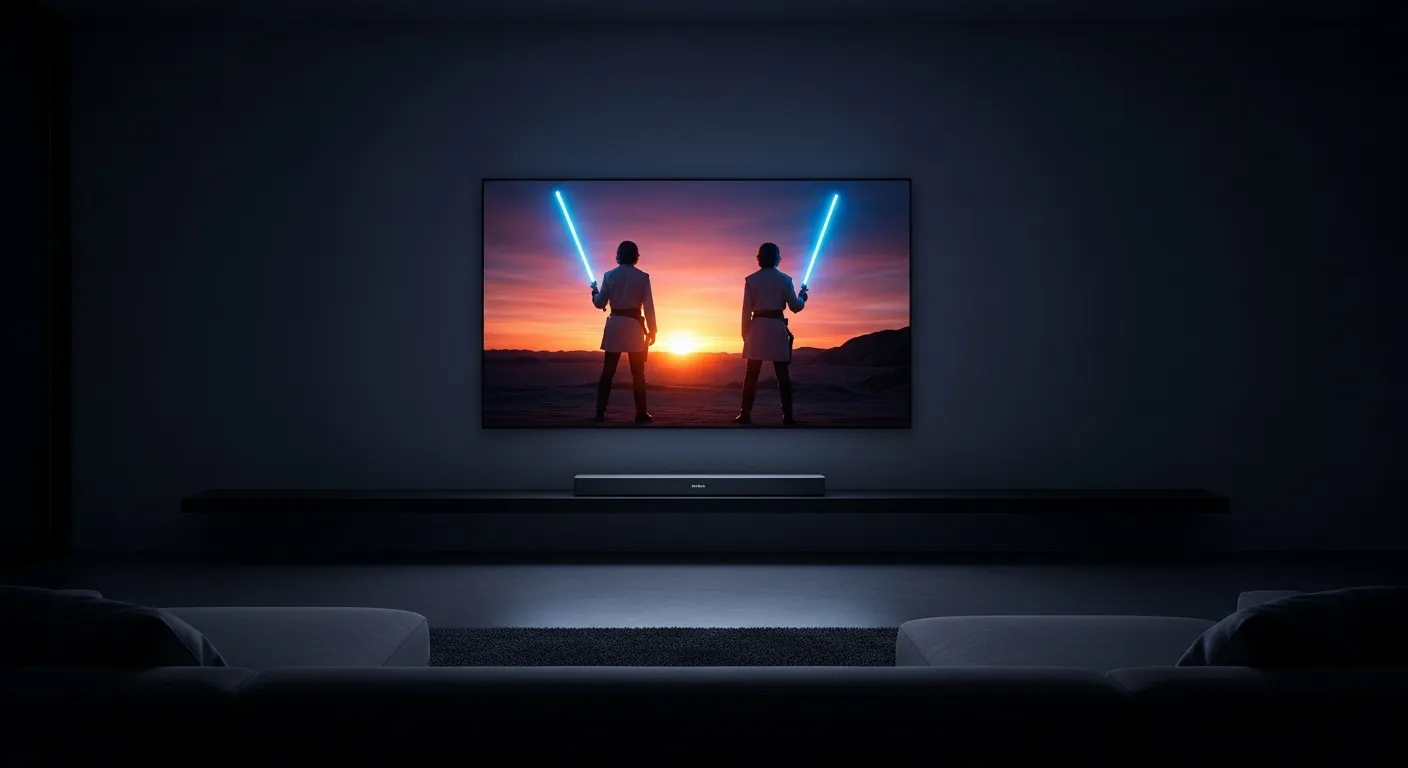
If your main goal is to significantly upgrade the sound from your TV and streaming services (like Spotify or Apple Music) while maintaining a clean, minimalist aesthetic in your living room or office, then an active speaker system is the clear choice. Modern wireless active speakers not only deliver excellent sound quality but also often integrate Wi-Fi streaming, Bluetooth, and HDMI ARC, turning a single pair of speakers into a complete and intuitive home entertainment hub.
For the Dedicated Audiophile Who Enjoys the Hobby
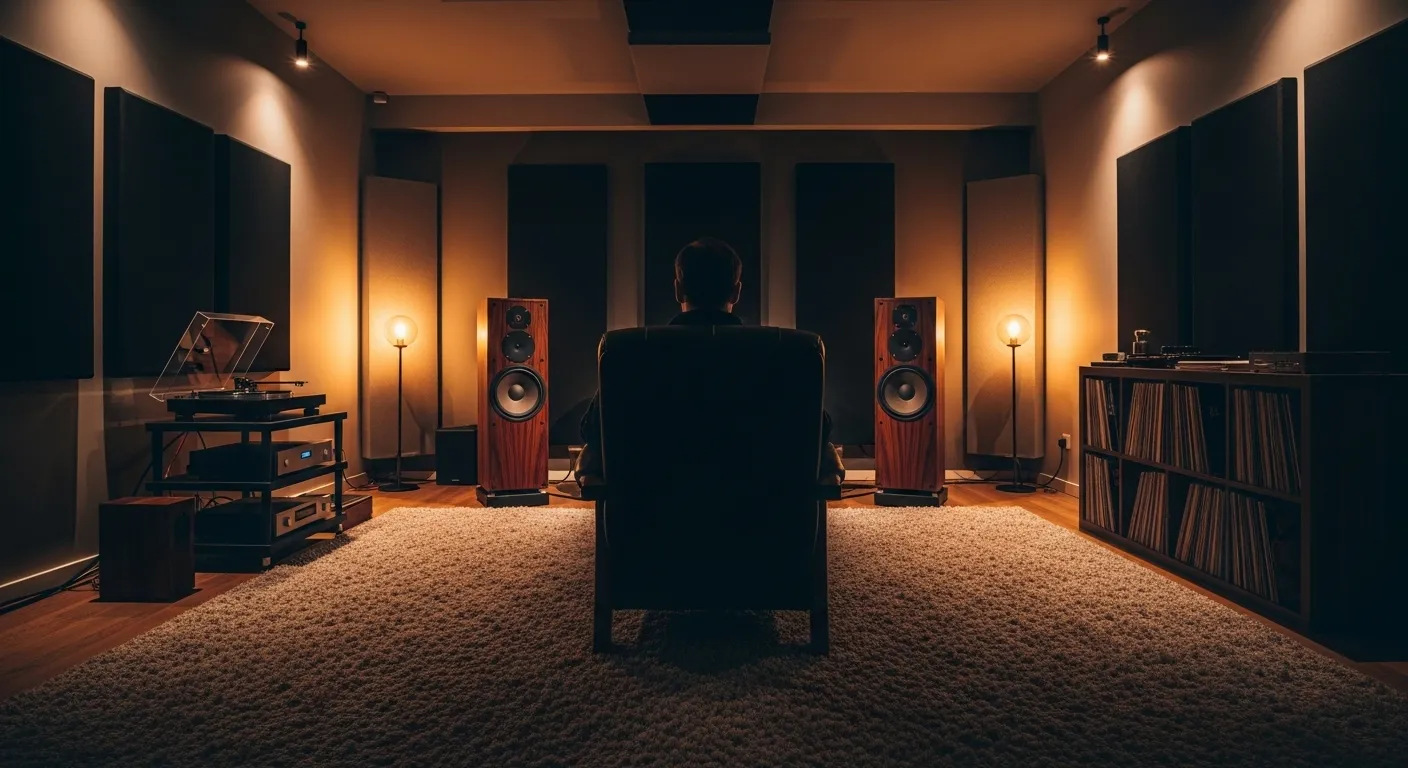
If you enjoy the process of researching gear, reading reviews, and experimenting with different component pairings, and you view audio as a deep and rewarding hobby, then the limitless possibilities of a passive system are your playground. You can start with a classic pair of passive speakers and explore how different amplifiers and sources shape the sound, progressively building a system that is a true expression of your personal taste.
A Three-Step Guide to Your Decision
Step 1: Define Your Use Case and Needs
First, ask yourself the fundamental questions. Where will the speakers be placed? Is it a small office or a large living room? What is their primary use: music, movies, or gaming? How important is a tidy, clutter-free space? Will other family members need a system that is simple to operate? The answers will point you toward the right type of speaker.
Step 2: Consider Your Total System Budget
The “total system” budget is the most common pitfall. When comparing costs, never look at the price of the speakers alone. The price of an active speaker system already includes the amplification, DAC, and sometimes streaming capabilities. For a passive speaker, you must add the cost of an appropriate amplifier, cables, and potentially a separate source component to your budget.
Step 3: Review Key Specifications and Connectivity
- For Passive Speakers: Pay close attention to two key specs: Sensitivity and Impedance. A speaker with higher sensitivity and a stable, higher impedance is generally easier for an amplifier to drive, giving you more options for pairing.
- For Active Speakers: Carefully check the available inputs. Do you need HDMI eARC for a TV? USB for a computer? Optical? Also, consider the quality and stability of the wireless connections (Wi-Fi and Bluetooth) and whether the brand has a good track record of providing reliable firmware updates.



